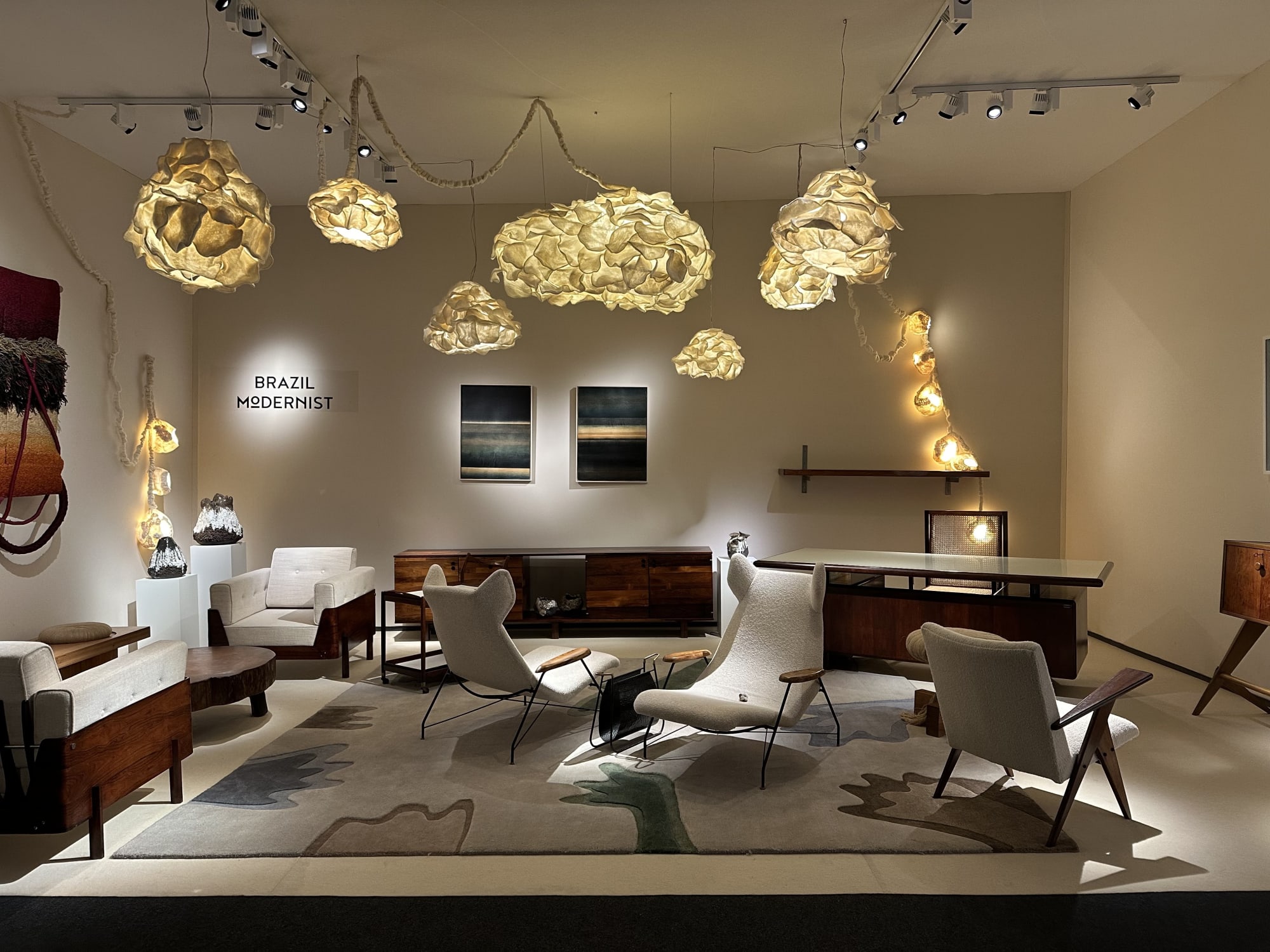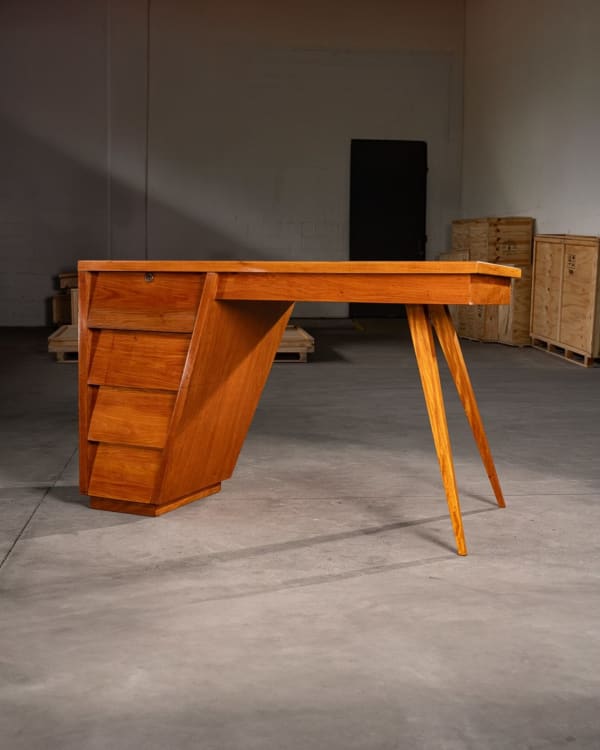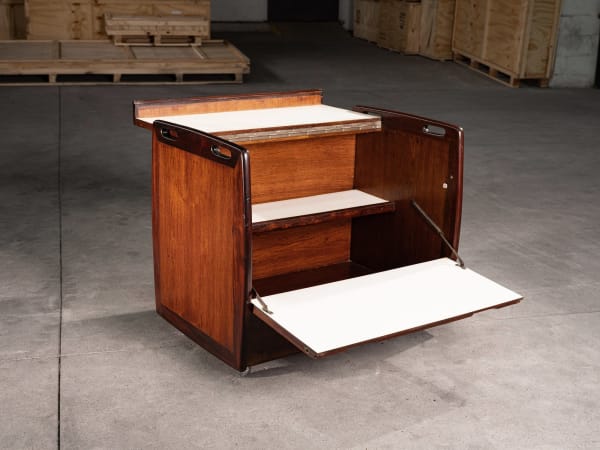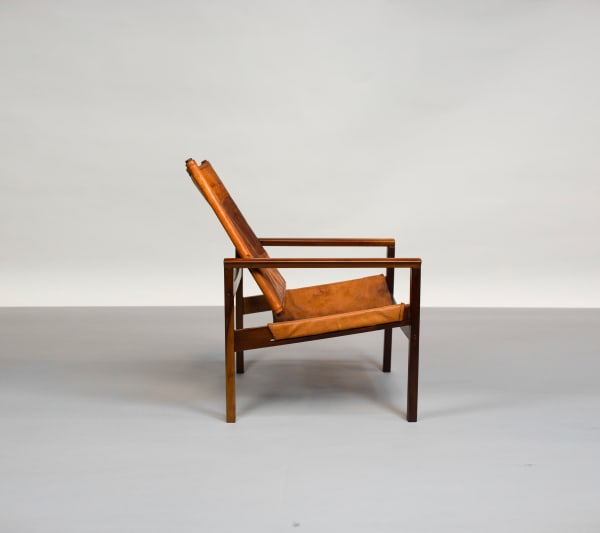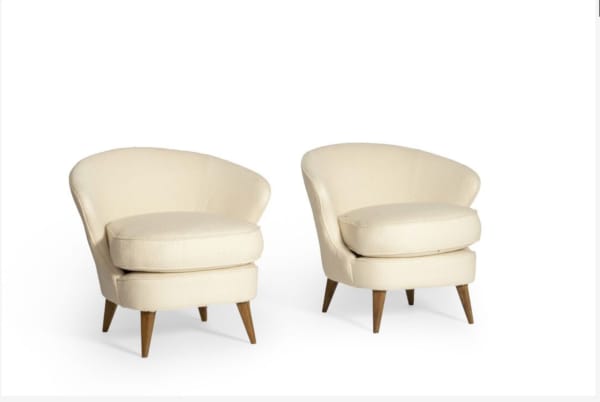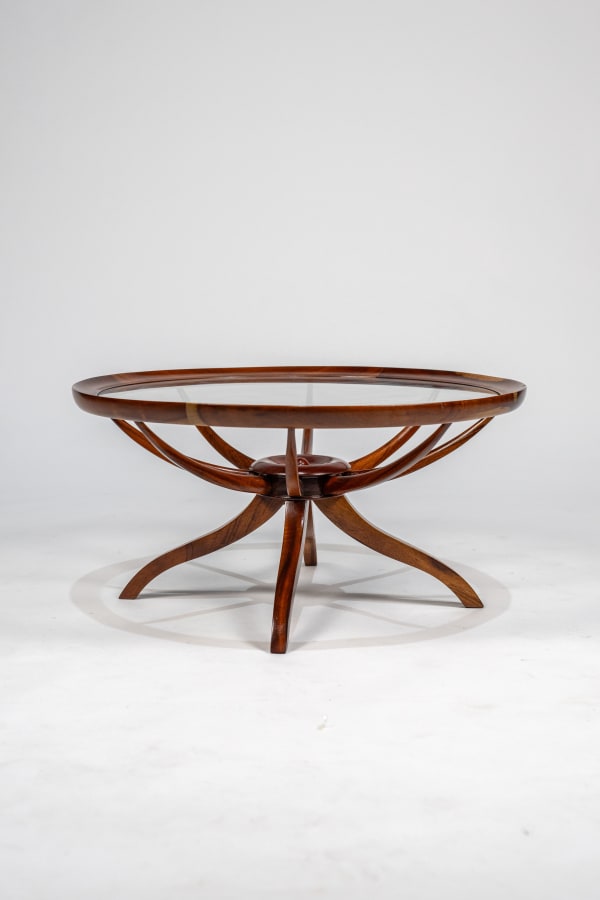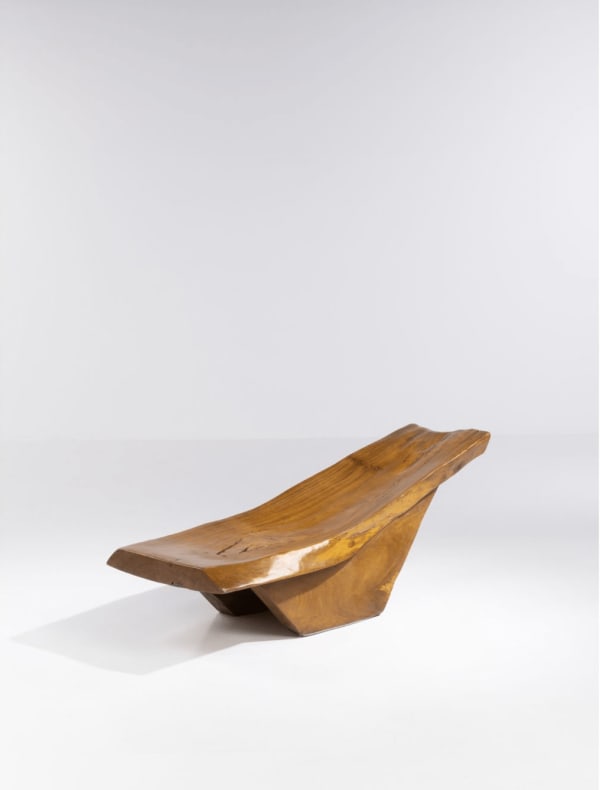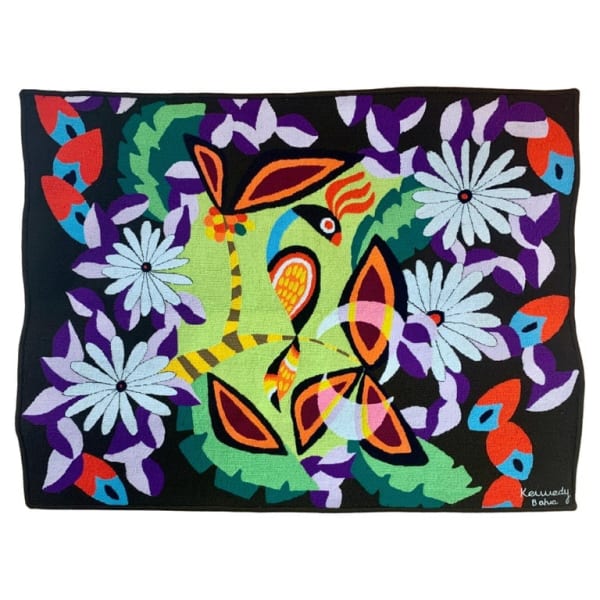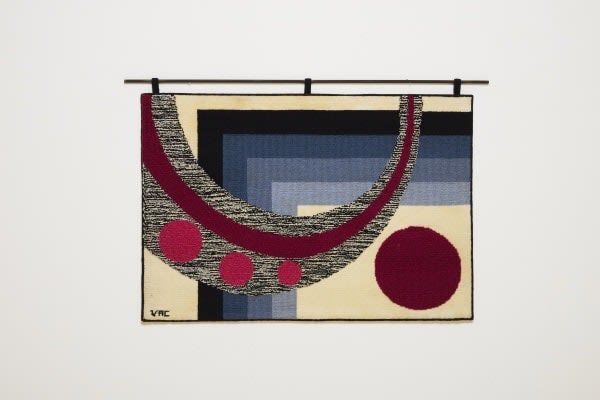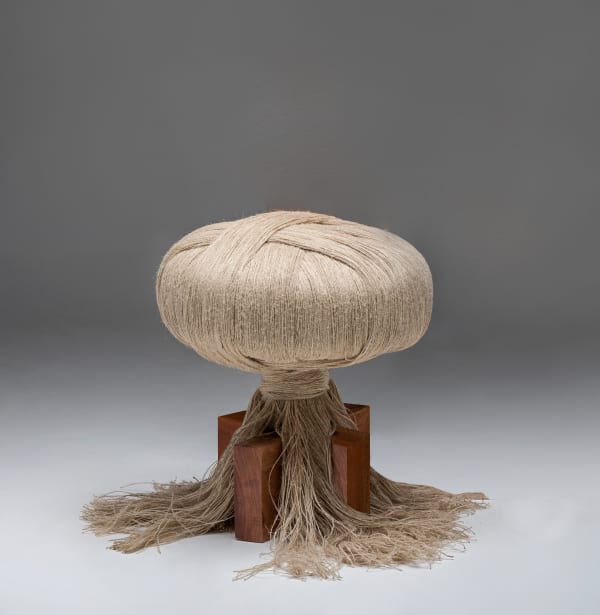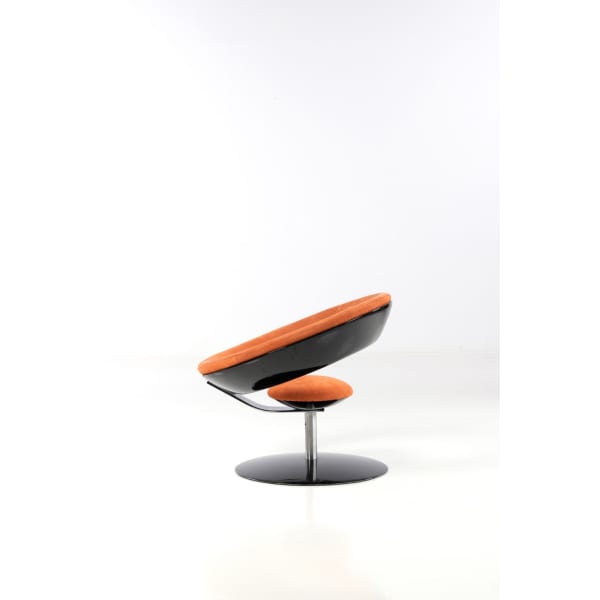BRAZIL MODERNIST - CONCEPT:
Brazil Modernist / Pereira & Matis is a gallery specialized in collectible Brazilian design. Through a rigorous selection, we highlight historical and contemporary pieces that combine unique aesthetics and exceptional craftsmanship.
Each piece is carefully sourced during regular visits to Brazil, in search of emblematic works from the modernist movement as well as innovative expressions of contemporary design. We favor a curatorial approach where the dialogue between avant-garde and contemporary creation guides our choices.
The gallery is dedicated to collectors (private and professional), architects, interior designers, and institutions seeking rare and meaningful works. Committed to research and cultural appreciation, we reveal the breadth and richness of Brazilian design by presenting both established designers and emerging talents whose work embodies a strong artistic continuity.
Recognized on the international scene, Brazil Modernist takes part in major art and design fairs such as PAD Paris and PAD London. These events allow us to showcase our selection to a discerning audience and contribute to the recognition of Brazilian design on the global market.
WE OFFER COMPREHENSIVE SUPPORT FOR COLLECTORS, INSTITUTIONS, AND PROFESSIONALS:
-
Expert advice in acquiring historical and contemporary Brazilian design pieces — with tailored support for interior architecture projects
-
Personalized sourcing of pieces for collectors, decoration, or architectural projects, thanks to an extensive network in Brazil and abroad
-
Access to rare and authentic works, sourced from private collections or directly from artists’ studios
-
Worldwide delivery with specialized carriers for artworks and collectible furniture


